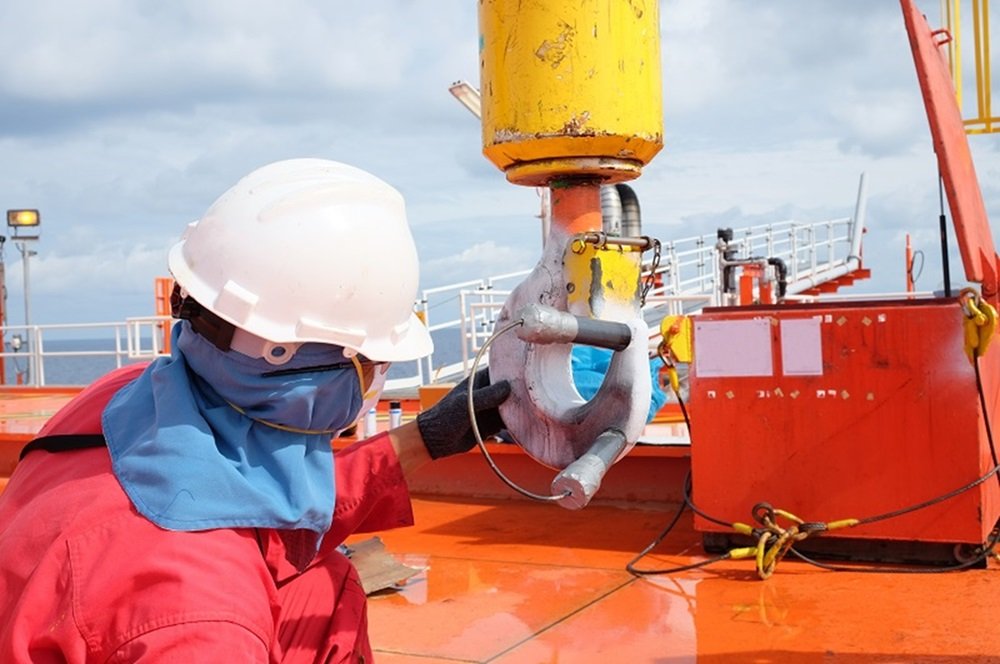If you have a crane installed for your business, it is really important that you ensure that the crane is in perfect working condition at all times. This will help to ensure safety of your workers at the work place, and save you from any legal troubles. Operating cranes is a dangerous task and a faulty crane can cause many accidents that put the life of your workers in danger. That is why regular crane inspections is very important. Let’s know how to do that.
1. Ensuring Workplace Safety
Under the Work Health and Safety Regulations, an owner of an undertaking is obligated to ensure that the workers are not exposed to safety hazards arising from a faulty crane. Therefore, to make sure that your crane is safe to use, it is important to conduct regular crane inspections and maintenance checks. All inspections and maintenance should be conducted in accordance with the instructions of the manufacturer or according to the technical standards. It should be carried out by a trained person. A range of people are responsible when it comes to operating a crane, like crane designer, owner of the crane, person in-charge of inspection, and the crane operator. All of them contribute to a safe operation of the crane that ensures safety of the workers.
2. Risk Management
For managing risks related to cranes, it is important to identify the possible hazards of a faulty crane. After identifying the possible risks, it is essential to assess the nature of harm of the possible hazards and implementing control measures to prevent any kind of crane related accident in accordance with the manufacturer’s guidelines or technical standards.
3. Pre-Operational Inspection Of The Crane
It is wise to have pre-operational crane inspections done by a competent individual before starting to operate the crane, as this will avoid any sort of mishap at the worksite. Such inspections should be held regularly and a log book should be maintained to record the details of the condition of the crane.
4. Periodic Inspections
It is advisable to conduct regular crane inspections. However, if it is not feasible to have inspections every week, it is important to conduct them at least monthly. Even if the crane is not used regularly, it is important to inspect and maintain them to avoid damage from corrosion.
- Routine inspection- Routine inspections are usually held weekly, monthly or quarterly. Inspection of the crane should include inspection and maintenance of-
- Basic control functions like speed, limit of motion, smoothness in operation of the crane
- Safety switches, indicating devices, interlocking system
- Oiling of movement parts
- Fluid levels, filter change and testing for leaks
- Wear on tires
- Test lift with a certified weight
- Annual Inspection- An annual inspection is more thorough than a routine inspection. It includes all the items that are included in the routine inspection, as well as other items mentioned by the manufacturer. Other than the items in the routine inspection, the following items are also included-
- Cracked or worn out drums and sheaves
- Corrosion in parts of the crane
- Loose bolts, missing parts
- Wear on breaks, pawls, linings and ratchets
- Inspection of chain stretch and wear of chain drive sprockets
5. Data Recording
All the records regarding crane inspections and maintenance should be entered in a log book. The records should mention the work carried out and parts changed, name of the person who carried out the inspection, and maintenance activity, signs of damage, and the date of inspection and recommendations for continuation of use.
Maintenance of cranes should be taken seriously, as it can prevent many faulty crane related accidents at work and ensure safety of the workers. Crane inspections should always be done according to the technical standards of the manufacturer and carried out by competent people only.





